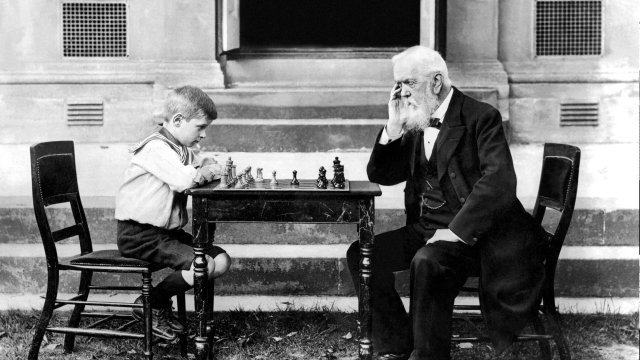Hey Shaq? Here’s how you can figure out the Earth is round for yourself

And how if you try this with someone shorter than you are, you’ll find it extra convincing!
“I drive from Florida to California all the time, and it’s flat to me. I do not go up and down at a 360-degree angle, and all that stuff about gravity, have you looked outside Atlanta lately and seen all these buildings? You mean to tell me that China is under us? China is under us? It’s not. The world is flat.”
–Shaquille O’Neal
If you step outside anywhere on the surface of the Earth, there’s no obvious signs that tell you the Earth isn’t flat. It looks flat pretty much anywhere you go, including — as Shaq recently noted — if you drive all the way from Florida to California along Interstate 10. Sure, there’s a good chance that the good-humored NBA great was joking, saying that NASA data or satellite imagery was faked. But as beautiful and breathtaking as those images are, they’ll never convince everybody. After all, it’s only human nature to want to be able to prove something to ourselves.

Thankfully, there’s a way to do just that, and it doesn’t require traveling great distances, launching satellites, setting up multiple-and-simultaneous observations or any other careful planning. And the simplest method you can use, ironically, is ideal for an NBA player above all others. All you need, as Brian Cox and Jeff Forshaw point out in their far-reaching new book, Universal: A Guide To The Cosmos, is a trip to the beach. And if you add a little bit of math in there, you won’t simply discover that the Earth is round, you’ll actually be able to measure how big it is for yourself.

Even before Eratosthenes made his famous measurements more than 2,000 years ago, people who spent time by the sea or ocean shore noticed that as ships sailed away, their masts disappeared over the horizons. When they sailed back home, you’d be able to see the top of the mast arrive, followed by the rest of the ship, as they returned from afar. While this hinted that the Earth was curved, it wasn’t quite quantitative proof. But there is a great way to make an accurate measurement, and all you need is to find a buoy.
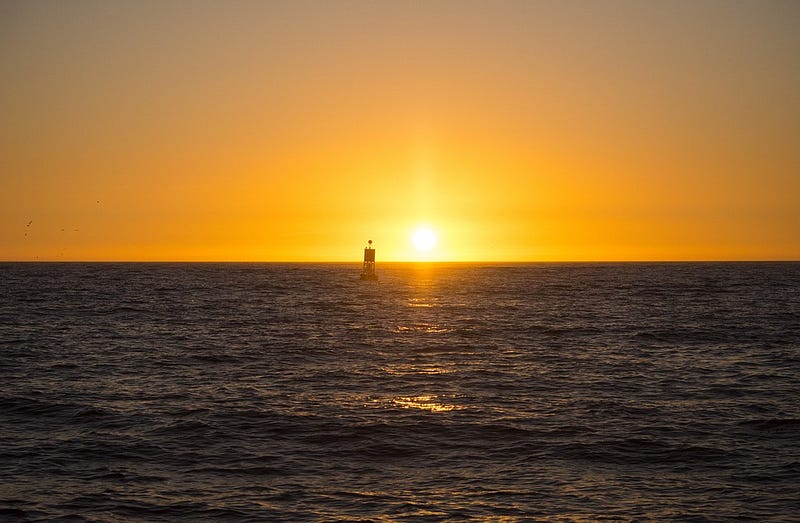
Floating in the water, a buoy rises a certain height above the water’s level. If you started out level with that buoy, you’d be able to see it in its entirety, no problem. The farther away you traveled from the buoy, however, the harder it would become to see it. This wouldn’t simply be because it appears smaller (and our eyes aren’t infinitely good), but because the Earth, if it were curved, would start to block the lower part of the buoy. At some point, you’d get so far away that the top of the buoy itself would disappear behind the horizon of the ocean. If you replaced someone like me, however — who’s about 5’9″ (176 cm) tall — with Shaquille O’Neal at 7’1″ (216 cm), at the instant the buoy disappeared for me, Shaq would still be able to see the top part of it.
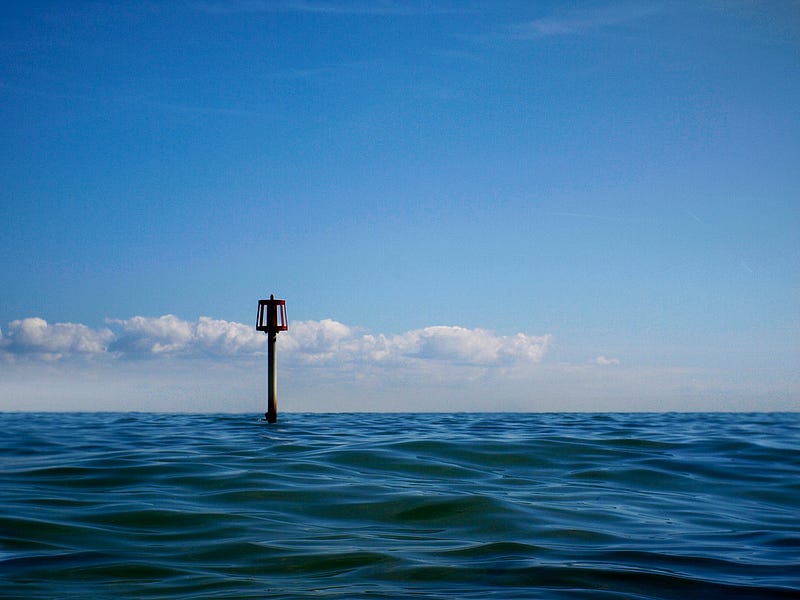
Just observing how this happens should be able to prove that the Earth is round. But we can go farther, and set up an experiment to actually measure the physical size of the Earth based on these observations. For each of us, there will be a distance from the buoy where its bottom will begin to disappear from view. Assuming we all have perfectly good eyes and perfectly still ocean water, there’s only one factor that will determine how far away you are when the buoy’s bottom begins to become invisible: how high your eyes are above sea level.
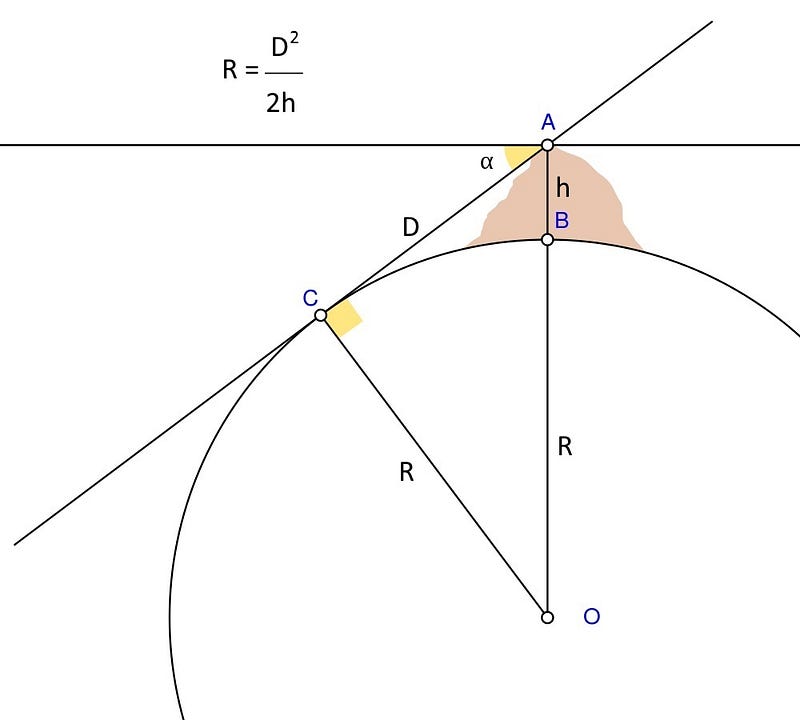
If you can accurately measure the distance from you to the buoy (call it D) and the height of your eyes above sea level (call it h), you can use a simple mathematical formula based on right triangles to calculate R, the radius of the Earth. That formula is: R = D²/2h. (When you do this calculation, make sure you use the same units, like meters, for all of them.) For someone like me, my eyes are about 1.65 meters above sea level, and I can see that buoy start to disappear when I’m about 4,600 meters away from it. For someone like Shaq, though, he’ll be able to see the entirety of the buoy for another half-a-kilometer due to his extra height: about 5,100 meters.

In reality, there are some uncertainties that enter in: our eyes aren’t perfect, the ocean is choppy and buoys bob up-and-down, and it’s very difficult to measure heights above sea level and distances to a buoy with perfect accuracy. But even with these errors, we can use zoom cameras, take an average of the ocean height, and get an answer that’s always going to be somewhere between 5,000,000 and 7,700,000 meters for the radius of the Earth: within about 20% of the true value. If you want the circumference instead, just multiply your result by 2π.
Cox and Forshaw’s book, Universal: A Guide To The Cosmos, is full of examples like this: experiments that one can perform and measurements one can make to learn all sorts of interesting facts about our world, our Universe and the laws that govern them. The ability to measure the size of the Earth is just one example among many, with the distances to the planets and stars, the age of the Earth and Universe and the mass of our world, our Sun and even the entire observable Universe calculated. And to any disbelieving NBA stars — past, present or future — if you doubt the world is round after reading this, I’ve got a challenge for you.
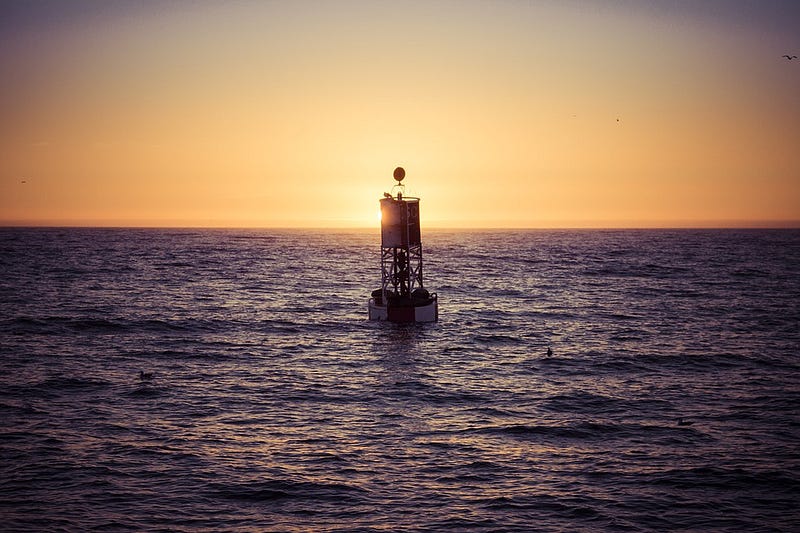
Come to the shores of the Pacific Ocean and do this test yourself. If you can get more than six kilometers away and still see the bottom of a buoy from sea level, regardless of ocean waves, I’ll wear your jersey to every sporting event I ever go to, for the rest of my life. But if you can’t (or if you cheat, such as by going to higher elevations), you have to make a video of you singing a song about the roundness of the Earth. It might not ever achieve the success of What’s Up, Doc? (Can We Rock), but if you’re willing to learn the great cosmic truths behind our reality, maybe you’ll be willing to share that joy and that knowledge with everyone who looks up to you.
And if you do, I’ll look up to you, too.
This post first appeared at Forbes, and is brought to you ad-free by our Patreon supporters. Comment on our forum, & buy our first book: Beyond The Galaxy!




